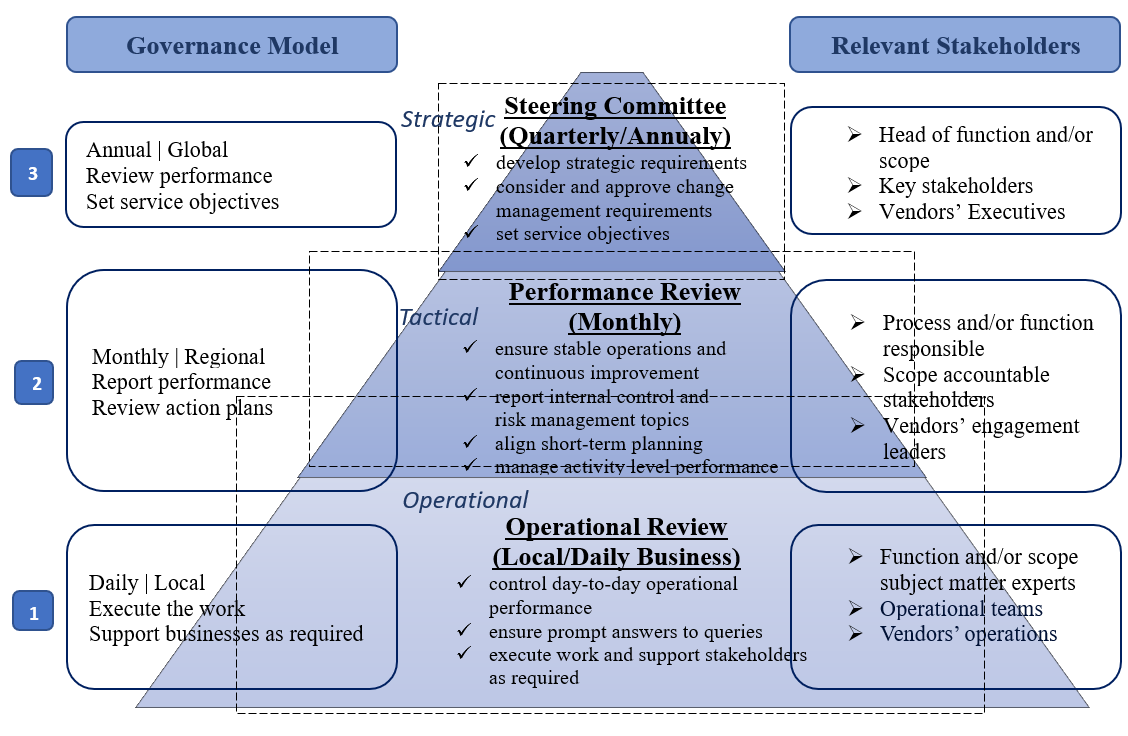Partnering Contractual Terms
In this article we introduce critical success factors by which leaders can frame contracts and deliver expected results. Addressing those factors can enable partners to achieve their objectives.
First, it is critical to apply a holistic approach when designing partnering contracts. The overarching principle is to establish, develop and sustain partnering relationships with all contractual stakeholders.
Second, contractual terms should encourage a deep understanding of partnering as a governance structure and a distinctive organizational form, the ecosystem where partners work together in a spirit of trust, fairness and cooperation. When leaders design contracts properly, and when they govern properly, business performance improves.
In other words, partnering contracts should frame the engagement governance, which is the key to achieving partnering success. Further, the partnering terms should reflect the governance matrix and describe the required layers of interactions and decision-making. The matrix helps to establish core groups who meet regularly to review status, propose changes and improvements, and address challenges. The idea is to connect all the layers when designing the proper governance framework (see System Governance for Transformation Programmes). Figure 1 illustrates a three-layer example of the governance framework.
Figure 1
A three-layer example of the governance framework
Third, partnering members must outline an optimal balance between control and freedom through the contractual terms. In particular, the terms should encourage partnering members to operate in an early warning context and to develop a transparent, open-book partnership to the maximum achievable extent.
Fourth, partnering members will have little motivation for confronting conflicts and solving problems if they are not rewarded for their efforts. Therefore, members’ performance should be framed with this in mind. Specifically, any cost saving and/or added value propositions should be subject to such shared savings arrangements and/or added value incentives. Further, the more complex an engagement becomes, the more important it is to establish an incentive structure. This structure should encourage all involved partnering stakeholders to stay on budget and on time.
Fifth, but by no means least, the properly designed contractual terms need 1) to identify important success criteria 2) to link incentives to the agreed objectives and targets 3) to continuously implement improvements and 4) to remove bias from judgements and decisions. Overall, properly tailoring contractual terms will yield considerable value and deliver long-term benefits.






